Behringer Wing Resources
Resources Available on this Page!
- Entire Console Snapshot Download (Plus Complete Walk through explanation)
- Channel Presets for the Behringer Wing
- Firmware Archives
- Guide to connecting multiple stage snakes
- Guide to using the P16 Personal Monitors with the Wing
Resources and Downloads
Click Here to download my wing console snapshot and view my in-depth walk through.
Click Here to download my wing console channel presets, and view my tutorial on using them.
*Affiliate Links (Help support my channel just by clicking and buying anything you need!)
Behringer Wing
Behringer DL32 Stage Snake
Wing Dante Card
USB Drives that work with the Wing – Option 1 | Option 2
View Recent Posts about Behringer Wing Below

Behringer Wing Virtual Soundcheck: Step-by-Step Guide with Adobe Audition
Learn how to set up a virtual soundcheck using a Behringer Wing and Adobe Audition. Record multitrack audio over USB, then playback for EQ refinement, training, and mixing — all without the band on stage. Ideal for churches, this guide enhances your workflow and improves mix consistency week after week.

How to Record 48 Individual Channels from the Behringer Wing into Audacity Using USB — A Step-by-Step Guide
Learn how to record up to 48 individual audio tracks from your Behringer Wing console into Audacity via USB—for free. This step-by-step guide covers system setup, USB routing, recording, and exporting. Great for churches wanting budget-friendly multitrack recordings for post-production, training, or mix refinement.

How to Automate Your Worship Set Like a Pro with Snippets
This article explores Behringer Wing automation using shows, snapshots, and snippets. Learn to dynamically configure lead vocals, delay routing, Auto-Tune keys, and DCA assignments per song—all triggered with one button press. With structured linking and MIDI integration, this workflow offers powerful, repeatable, hands-free live mix optimization.
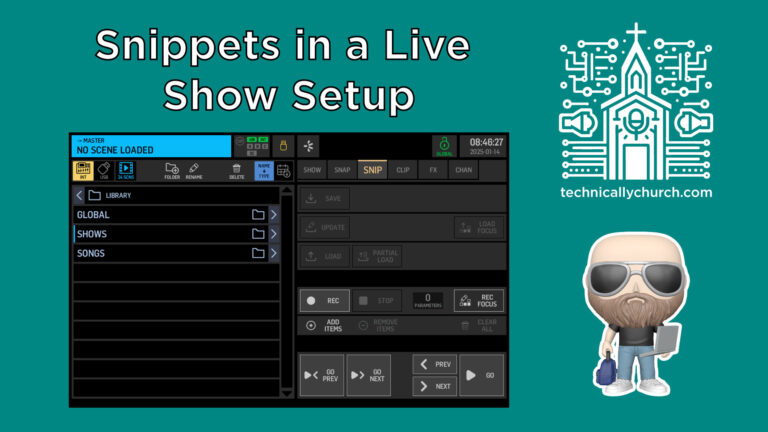
Advanced Behringer WING Tutorial: Snippets in a Live Show Setup
Learn how to use Snippets on the Behringer Wing console to automate vocal lead changes, apply effects, and color-code channels during live church services. Pair Snapshots with Snippets within a Show for a streamlined and error-free workflow that enhances consistency and reduces manual adjustments.
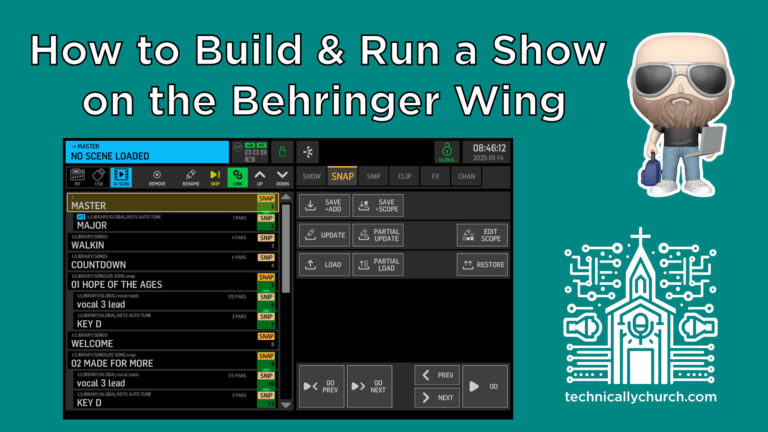
How to Build and Run a Show on the Behringer Wing
Learn how to build and run a show on the Behringer Wing by organizing song-specific snapshots into a sequential show. This guide walks you through saving snapshots, creating a show, adding mixes, and using Show Control to automate transitions live for consistent and stress-free audio playback during events.
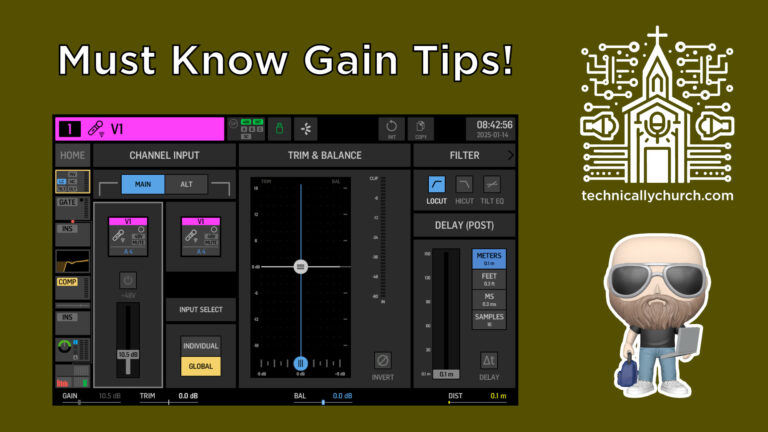
Mastering Gain Staging and Sound Check for Church Audio
Proper gain staging during sound check is essential for clean mixes, accurate dynamics, and consistent monitor levels. Learn how to set nominal gain using the Behringer Wing, how preamp levels affect every part of your mix, and why correcting gain mid-rehearsal leads to major frustrations for musicians and engineers alike.
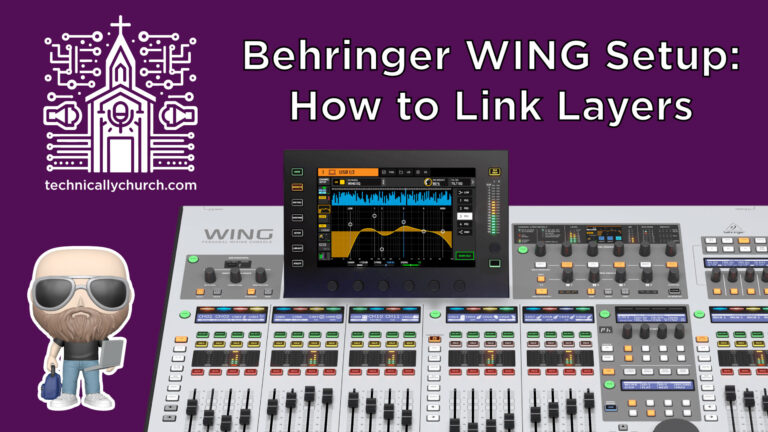
Behringer WING Setup: How to Link Layers & Navigate Like a Boss
Learn how to navigate and customize layers on the Behringer Wing mixing console. Discover how to place any source—channels, buses, matrices—onto any layer, customize user layouts for different service sections, and link surface areas to streamline control. Perfect for church techs managing worship and message transitions.

How to Use Channel Auto Select on the Behringer Wing Mixer
This guide shows how to activate and use Channel Auto Select on the Behringer WING digital mixer, allowing channels to be automatically selected when touching their faders. This feature speeds up live audio workflows, especially in fast-paced environments like church services and live productions, by reducing manual selection steps.
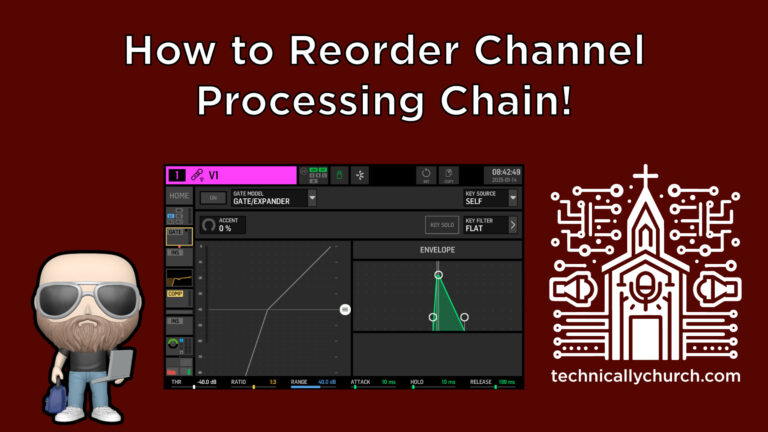
Customizing the Processing Order Per Channel on the Behringer Wing
Learn how to change the processing order per channel on the Behringer Wing mixer to customize your signal flow. This lets you place gates, EQs, compressors, and insert FX in the order that best suits your mix, giving you professional-level control and flexibility for live sound and streaming.
